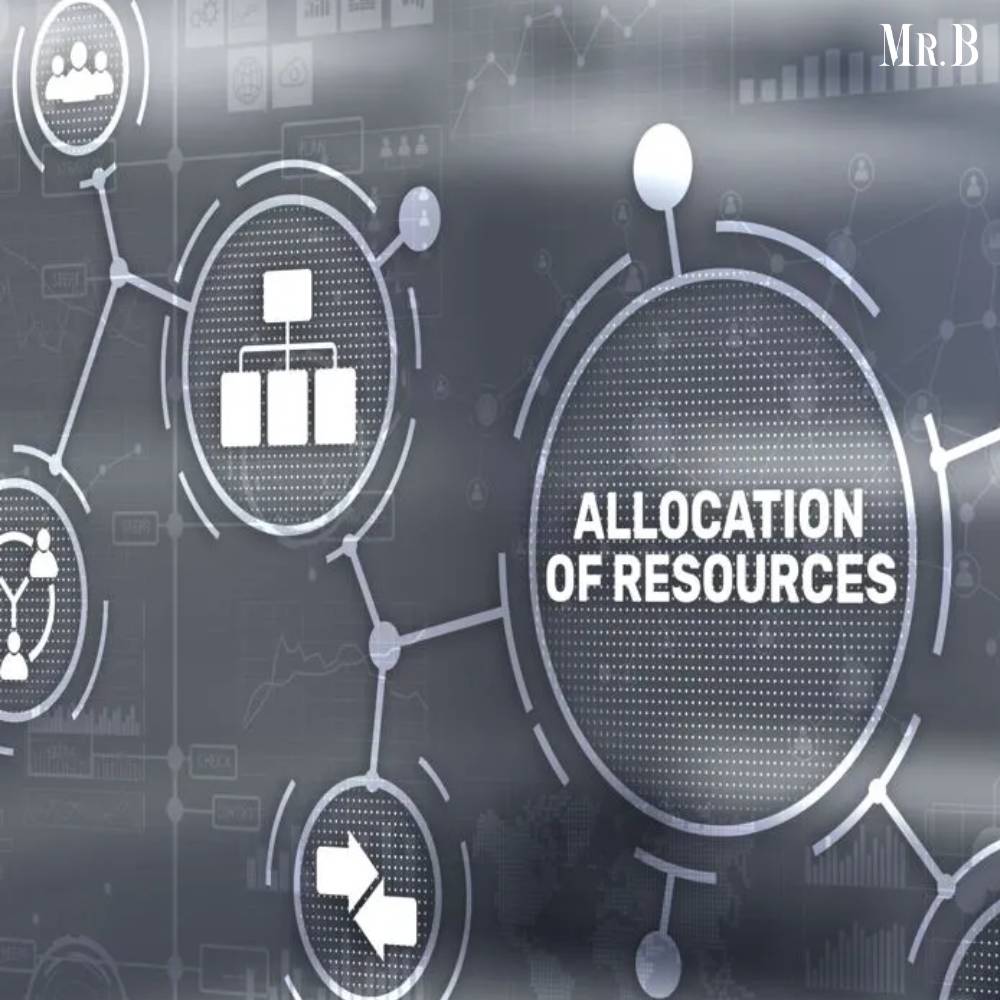Deciphering the Dynamics: a Deep Dive Into Price Elasticity of Demand
- Category: Business

In the realm of economics, understanding how consumer behavior responds to changes in prices is crucial for businesses and policymakers alike. This is where the concept of “price elasticity of demand” comes into play. In this comprehensive guide, we’ll explore the intricacies of this economic phenomenon, examining its definition, applications, and the profound impact it has on shaping market strategies.
Unveiling Price Elasticity of Demand: An Overview
The price elasticity of demand is a fundamental concept that quantifies how sensitive the quantity demanded of a good or service is to changes in its price. Represented by the formula:
Price Elasticity of Demand= % Change in Quantity Demanded / % Change in Price
This ratio provides insights into whether a product is considered elastic (responsive to price changes), inelastic (insensitive to price changes), or unitary elastic.
The Spectrum of Elasticity: Understanding the Categories
1. Elastic Demand:
When the percentage change in quantity demanded is more responsive than the percentage change in price, demand is considered elastic (Ed > 1). Consumers react strongly to price changes, and total revenue moves inversely to price.
2. Inelastic Demand:
In contrast, inelastic demand (Ed < 1) signifies that quantity demanded is less responsive to price changes. Here, consumers show limited sensitivity to fluctuations in price, and total revenue moves in the same direction as price.
3. Unitary Elastic Demand:
Unitary elastic demand (Ed = 1) denotes proportionate responsiveness, resulting in a constant total revenue as price changes. The percentage change in quantity demanded equals the percentage change in price.
Factors Influencing Price Elasticity of Demand

1. Availability of Substitutes:
The presence of substitutes increases elasticity, as consumers can easily switch to alternatives when prices change.
2. Necessity vs. Luxury:
Necessities tend to have inelastic demand, as consumers are less responsive to price changes for essential items compared to luxury goods.
3. Time Horizon:
Elasticity may vary over time. In the short term, demand may be inelastic, but become more elastic as consumers adjust their behavior and preferences.
Applications in Business Strategies:
1. Pricing Strategies:
Understanding price elasticity of demand guides businesses in setting optimal prices. For elastic goods, lowering prices may increase revenue, while inelastic goods may benefit from price increases.
2. Revenue Forecasting:
By assessing elasticity, businesses can predict changes in total revenue in response to price adjustments, aiding in accurate revenue forecasting.

3. Marketing Campaigns:
Businesses can tailor marketing campaigns based on elasticity insights. Elastic products may benefit from promotions, while inelastic goods may focus on emphasizing quality.
Advantages of Price Elasticity of Demand:
Price elasticity of demand, a cornerstone in economic analysis, empowers businesses with insights that go beyond mere pricing decisions. Let’s delve into the advantages that this concept brings to the forefront and understand why it stands as a pivotal element for market success.
1. Informed Pricing Strategies:
Price elasticity of demand offers businesses a profound understanding of how consumers react to changes in price. This insight allows companies to formulate informed pricing strategies tailored to the responsiveness of their target market. In markets where demand is elastic, a slight adjustment in price may result in a proportionately larger change in quantity demanded. Conversely, in inelastic markets, businesses can explore price optimization strategies to maximize revenue without significant impact on demand.
2. Revenue Optimization:
The ability to forecast changes in total revenue based on alterations in price is a significant advantage conferred by price elasticity of demand. By assessing the elasticity of their products or services, businesses can predict the outcomes of pricing decisions accurately. This enables proactive revenue optimization, ensuring that adjustments in pricing align with market dynamics, leading to enhanced financial performance.
3. Tailored Marketing Campaigns:
Understanding the price elasticity of demand allows businesses to craft targeted marketing campaigns that resonate with consumer preferences. For products with elastic demand, promotional activities emphasizing discounts or value propositions can be particularly effective. In contrast, for goods with inelastic demand, marketing efforts may focus on highlighting product quality, brand loyalty, or unique features.

4. Efficient Resource Allocation:
Price elasticity insights guide businesses in allocating resources efficiently. By prioritizing products or services with elastic demand, companies can optimize their efforts where a slight adjustment in price can lead to significant changes in quantity demanded. This strategic resource allocation enhances operational efficiency and ensures that marketing and production efforts align with market responsiveness.
FAQs
Q1: What does elastic demand mean?
A1: Elastic demand indicates that consumers are highly responsive to changes in price. The percentage change in quantity demanded is greater than the percentage change in price.
Q2: How is inelastic demand defined?
A2: Inelastic demand suggests that consumers show limited responsiveness to changes in price. The percentage change in quantity demanded is less than the percentage change in price.
Q3: What is unitary elastic demand?
A3: Unitary elastic demand signifies that the percentage change in quantity demanded is equal to the percentage change in price. Total revenue remains constant as price changes.
Q4: How does the availability of substitutes influence elasticity?
A4: The availability of substitutes increases elasticity. Products with easily accessible alternatives tend to have more elastic demand.
Q5: Why is the time horizon important in assessing elasticity?
A5: Elasticity may change over time. In the short term, demand may be inelastic, but become more elastic as consumers adjust their behavior and preferences.
Conclusion:
The price elasticity of demand is a pivotal concept that shapes market strategies, pricing decisions, and revenue forecasts for businesses. A deep understanding of elasticity allows businesses to navigate the complex dynamics of consumer behavior, tailor strategies accordingly, and stay ahead in the competitive economic landscape. As businesses embrace the nuances of price elasticity, they unlock the key to informed decision-making and sustainable market success.







